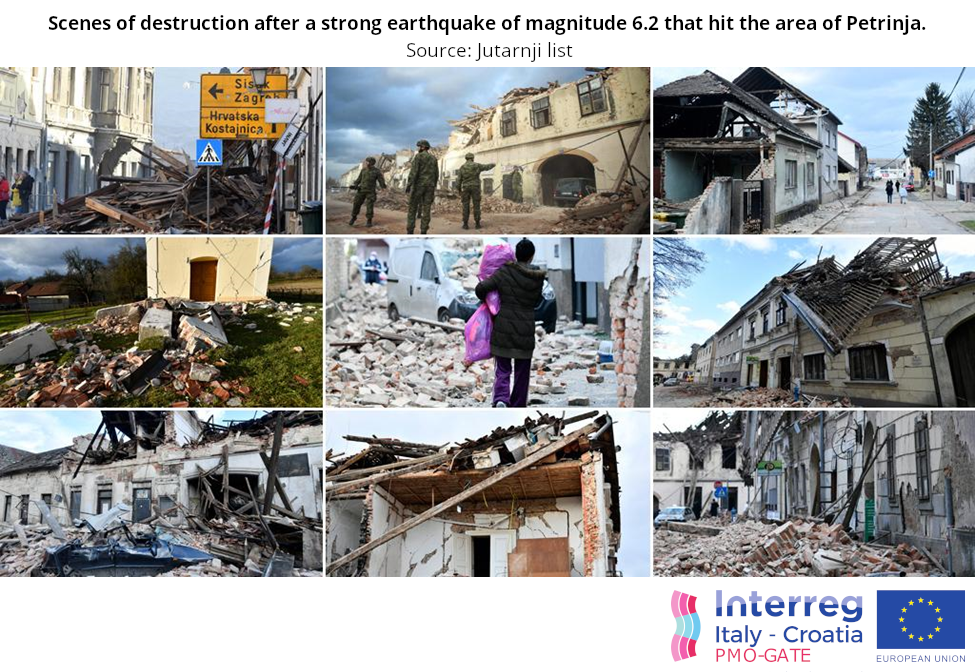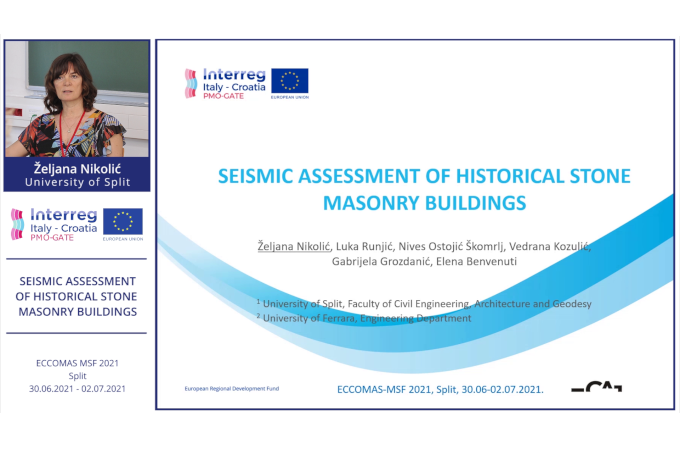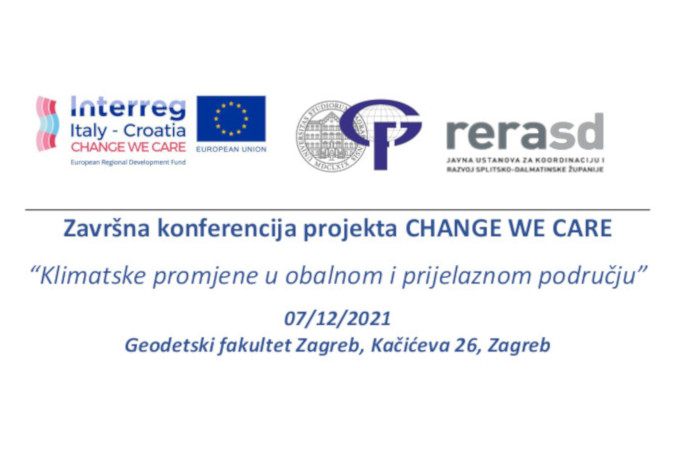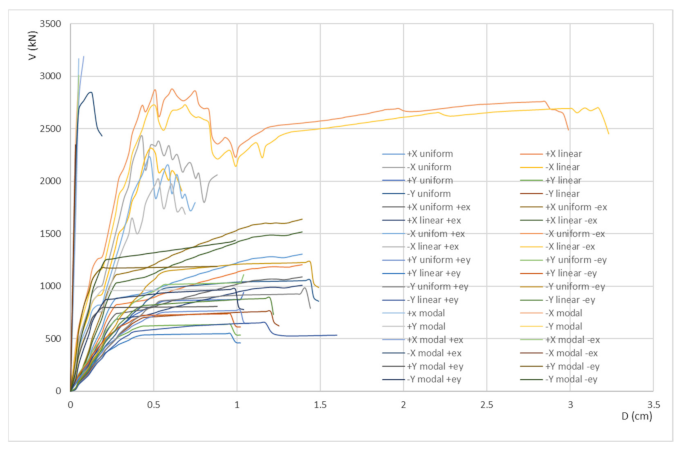The destruction in Petrinja, Glina, Sisak and the surroundings of these towns is enormous. The earthquake destroyed almost the entire center of Petrinja, where many buildings, more than 100 years old, were completely destroyed. In the surrounding settlements, numerous family houses were demolished, in which the largest number of victims died. New damage occurred to buildings in Zagreb and its surroundings that were already affected by a strong earthquake in the spring of 2020.
After a long series of years in which Croatia did not have devastating earthquakes, earthquakes in Petrinja and Zagreb have brought to the fore the problem of earthquake safety of buildings in historic city centers. Many such buildings, built of brick or stone, long before the introduction of any building regulations in earthquake-prone areas, are categorized as cultural heritage and should be preserved for future generations. Strong earthquakes cause significant damage and demolition of such buildings and numerous casualties. Rehabilitation requires significant financial resources that cannot be secured at once. Therefore, systematic care and planning is necessary in order to detect the vulnerability of buildings to earthquakes, determine priorities in rehabilitation and continuously provide funds for the reconstruction of such buildings.
The PMO-GATE Project is developing a methodology for assessing the seismic vulnerability of buildings built of stone, brick or concrete blocks that can be used to determine priorities in the reconstruction of buildings in order to increase their seismic resistance before the occurrence of the earthquake. The methodology is based on the calculation of the seismic vulnerability index according to Italian guidelines. It is applied to buildings in the historic city centers of the Dalmatian coast and takes into account the specifics of construction methods and materials used. A link will be established between the vulnerability index and the collapse peak ground acceleration obtained by nonlinear static analysis, which will allow an approximate calculation of the load-bearing capacity of the building based on the calculated vulnerability index. The application of this methodology could assist city, county and state institutions in setting priorities in the rehabilitation of buildings in historic city centers.




